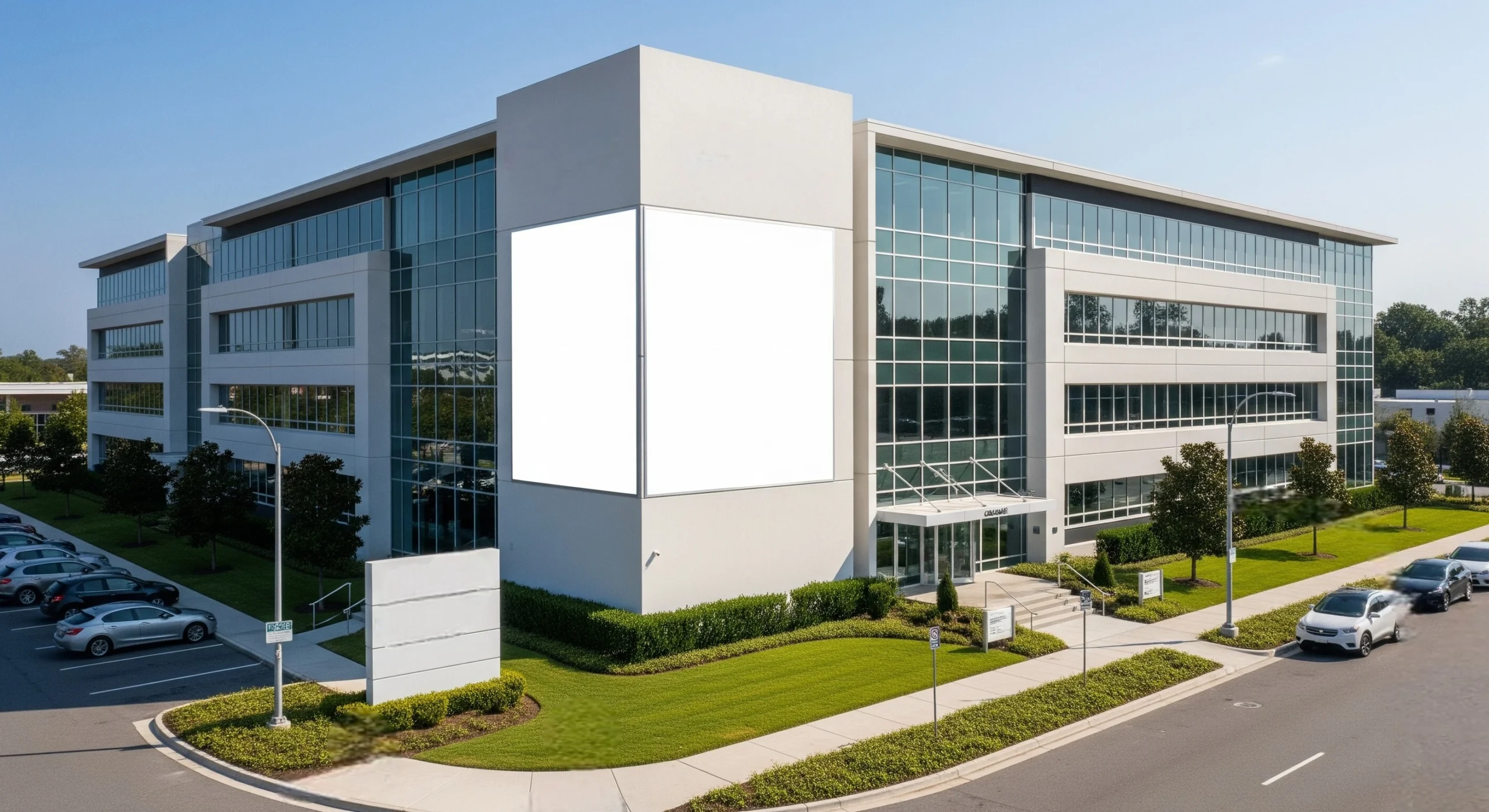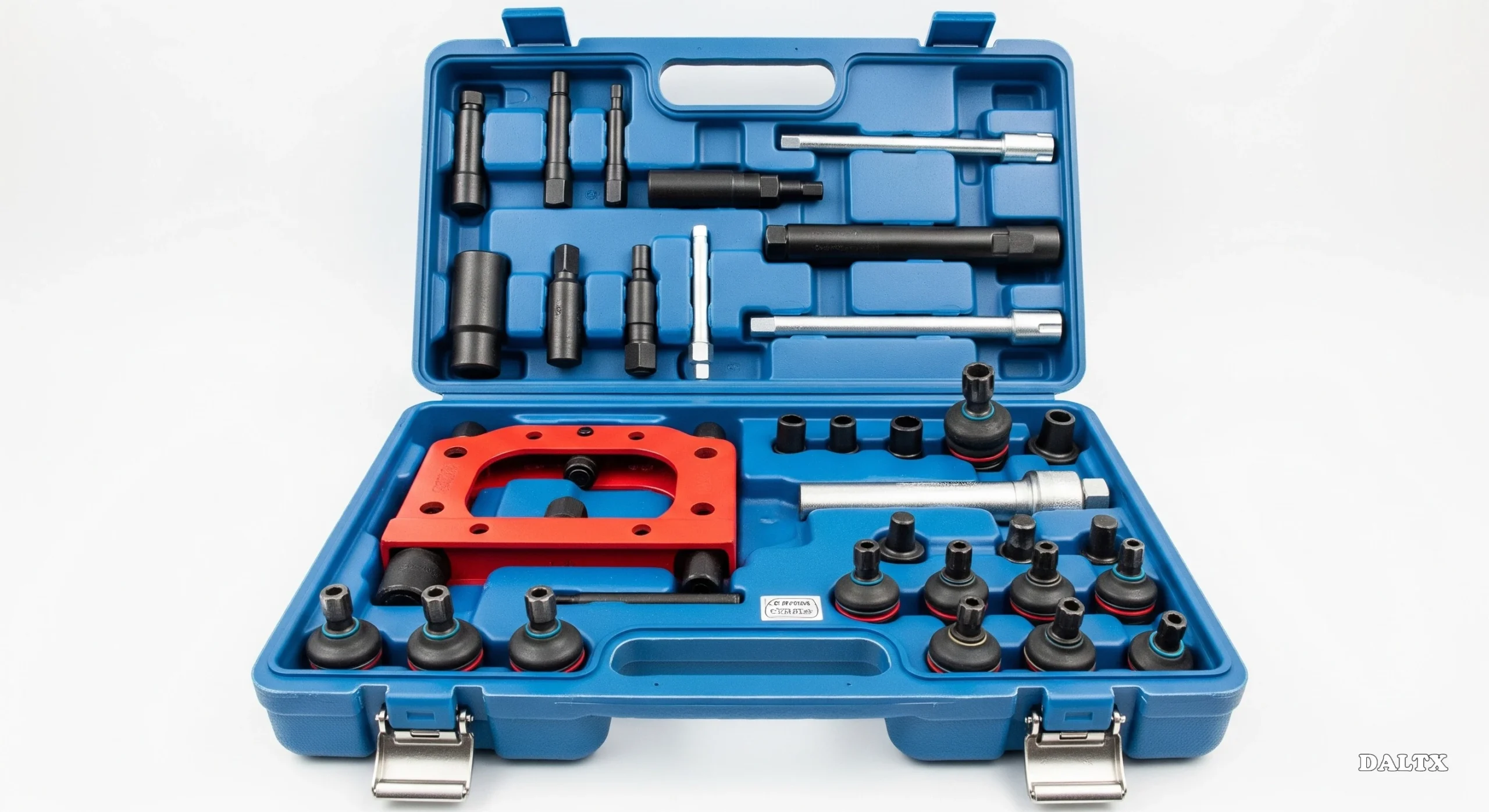As your business grows, finding the right commercial property becomes one of the most strategic decisions you’ll make. The right space doesn’t just give your team a place to work, it supports your operations, enhances your brand presence, and positions you for scalable success.
Maybe you’re ready to upgrade from your starter location, open a second site across town, or finally move into a space that fits without squeezing into every corner. Either way, the property you choose can either streamline your next phase or create roadblocks. Here’s how to make a smart, forward-thinking choice that fits your goals and your budget.
Why the Right Business Property Matters
The right space sets the tone for your entire operation. It influences customer impressions, team productivity, logistics, and even employee retention. A highly visible, well-located property can drive more foot traffic, simplify deliveries, and boost your brand reputation. For walk-in businesses especially, visibility and accessibility are critical to attracting daily customers and sustaining growth.
More than that, a property with the right infrastructure and room for future growth gives you flexibility. You can scale without the disruption of a major move and negotiate better lease or purchase terms along the way. Location and amenities also impact your team’s day-to-day satisfaction, which helps reduce turnover and attract top talent.
In short, choosing the right property is about securing a long-term asset that grows with your business and adds value across the board.
Six Smart Tips for Choosing the Right Commercial Property

1. Define What Your Business Needs Right Now and Later
Start with a list that clearly identifying your needs. What does your business need today? What might it need in three to five years? Consider layout, size, storage, customer access, and team needs. Will clients visit often? Do your employees rely on public transit or freeway access? What about parking, break rooms, or conference space?
Having a clear checklist helps you avoid overpaying for features you won’t use—or choosing a space that you’ll outgrow too quickly.
2. Choose a Location That Supports Growth
Your address says a lot. A highly visible, accessible location makes it easier to reach new customers, suppliers, and partners. The right neighborhood also adds credibility to your brand.
Study local traffic patterns, public transit options, and surrounding businesses. If neighborhood presence or walk-in traffic is important to your business, the zip code you’re in can make or break results.
3. Review Local Infrastructure and Tax Impact
Look beyond square footage and rent. Infrastructure quality and local taxes can affect your operating costs just as much. Check for high-speed internet, utilities, parking access, and long-term city planning.
Also research tax rates and local incentives. Some areas offer tax breaks or grant programs that can significantly reduce your overhead, others may carry higher tax burdens that eat into profits.
4. Prioritize Commercial-Ready Features
Make sure the property is zoned and designed for business use. That means fewer compliance issues with zoning, fire codes, and accessibility laws. Commercial properties also tend to offer practical features like security systems, flexible layouts, and higher utility capacity.
And remember: you don’t have to buy. Commercial real estate for lease can offer the flexibility you need if you’re still in a growth phase, letting you adapt quickly without the long-term commitment of ownership.
5. Look for Room to Grow
It’s easy to underestimate future space needs. But growing teams, more inventory, or new services could quickly change your layout requirements. Look for properties that offer extra square footage or flexibility in reconfiguring the space.
Before committing, review local zoning rules and any limitations that might restrict renovations or expansions later on.
6. Understand Business Rates and Ongoing Costs
Business rates similar to property taxes, vary widely by region and property type. These recurring costs can have a major impact on your monthly budget. Understand how they’re calculated, and include them in your total cost of occupancy.
Comparing rate structures across properties can help you find hidden savings and avoid surprise increases.
Final Thoughts
Your business property isn’t just a place, it’s a growth strategy. The right location supports your brand, enables your team, and positions you for the future. Before you sign on the dotted line, take the time to define your needs, evaluate costs, and look for a space that can evolve with you.
When you get this decision right, you’re not just opening your doors, you’re laying the foundation for long-term success.



